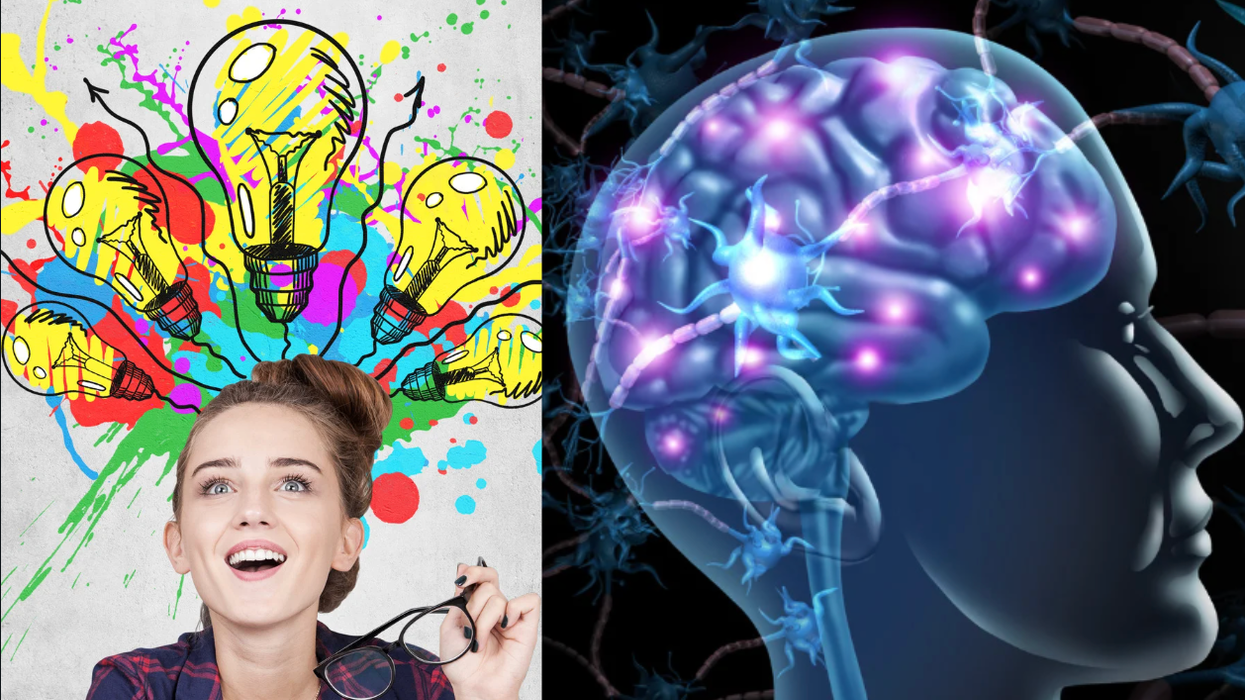While the world fawns over the impending launch of the Apple iWatch, one wearable currently being developed could actually revolutionize modern medicine. Google, in a recently issued patent application, unveiled a proposed treatment to send “tiny magnetic particles into patients’ bloodstreams,” activated via smart wristband, to zap cancer cells. The particles would then launch a precision attack on cells, as well as the micro-pathogens associated with other diseases. As Buzzfeed points out, Andrew Conrad, head of Google’s Life Sciences division, originally filed the patent in 2013, similar to the one Google described in October.
To work, patients would need to absorb the tiny magnetic particles into their blood stream by way of injection, ingestion, or inhalation. These particles, also known as nanoparticles, are part of a new field that scientists have been perfecting for the last decade. According to documents, these particles can also bind to and destroy the proteins believed to foster the development of Parkinson’s disease. The subject would snap on a wristband a few millimeters from a major artery or vein, and then the wearable would transmit energy similar to a radio frequency pulse, causing the magnetic particles to “vibrate and heat up,” and crush the pathogen. In addition to possibly curing cancer, the “watch” would also contain sensors to gage blood pressure, pulse rate, skin temperature, and…tell the date and time.
While this miracle watch is expected to be at least five years away, if successful it could be a radical game changer. As Buzzfeed also mentions, this is just one of the many ingenious ideas Google is working on. Their experimental lab, Google[x], is also discretely working on driverless cars, hoverboards, teleportation devices, a smart contact lens for diabetics, and a series of high-altitude balloons that provide free WIFI access (among many others). Now these are products worth waiting in line for.















 Otis knew before they did.
Otis knew before they did.